Report this entry
More from the same community-collection
Brazilian Happy Hour at El Paso Museum of History
The picture was taken at the Brazilian Happy Hour in the Museum ...
Brazilian Happy Hour at El Paso Museum of History
The picture was taken at the Brazilian Happy Hour in the Museum ...
Brazilian Happy Hour at El Paso Museum of History
The picture was taken at the Brazilian Happy Hour in the Museum ...
Brazilian Happy Hour at El Paso Museum of History
The picture was taken at the Brazilian Happy Hour in the Museum ...
Brazilian Happy Hour at El Paso Museum of History
The picture was taken at the Brazilian Happy Hour in the Museum ...
Brazilian Happy Hour at El Paso Museum of History
The picture was taken at the Brazilian Happy Hour in the Museum ...
Brazilian Happy Hour at El Paso Museum of History
The picture was taken at the Brazilian Happy Hour in the Museum ...

















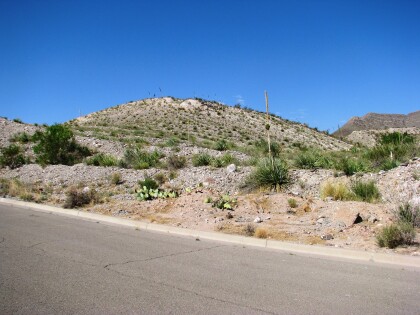
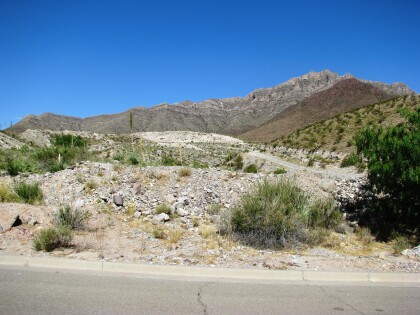
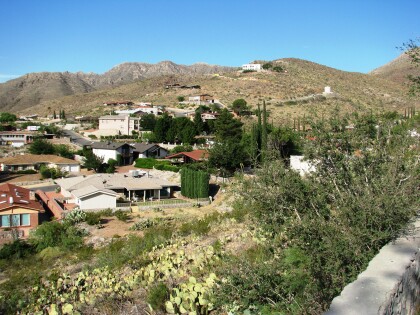
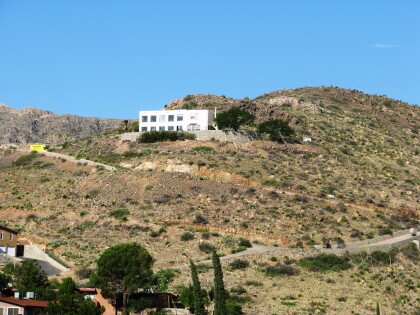
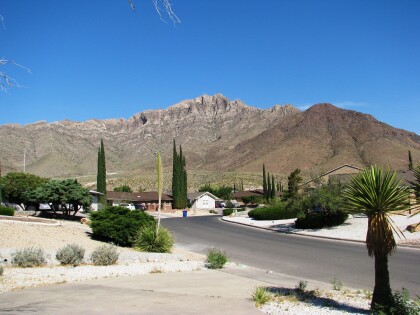
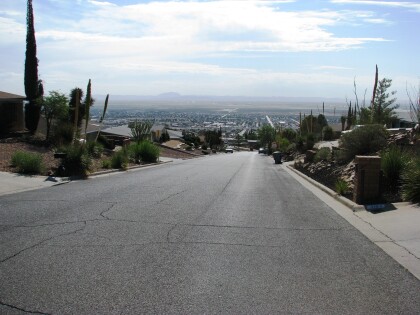
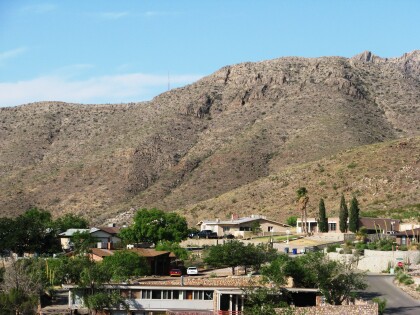
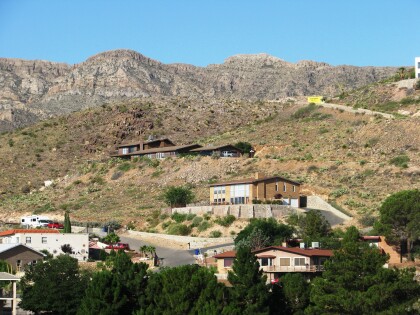
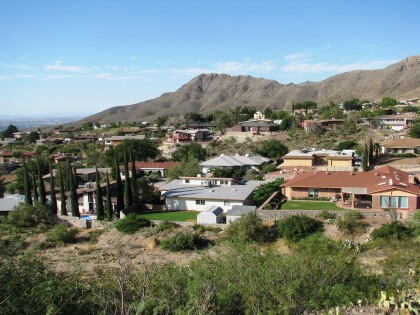
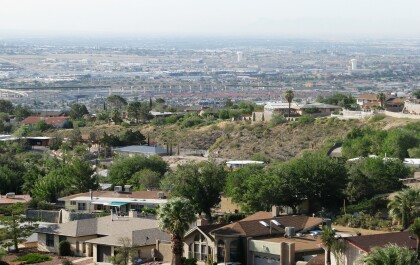
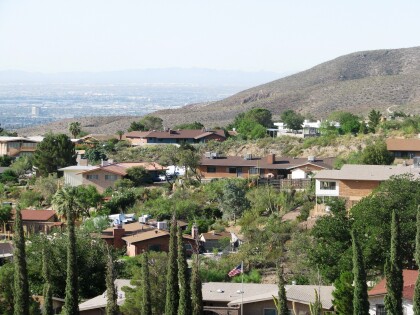
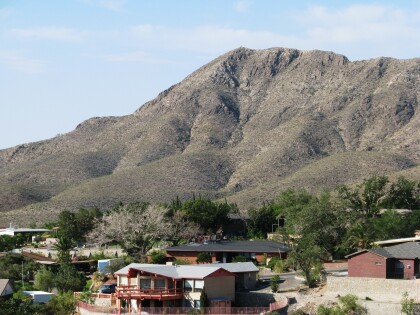
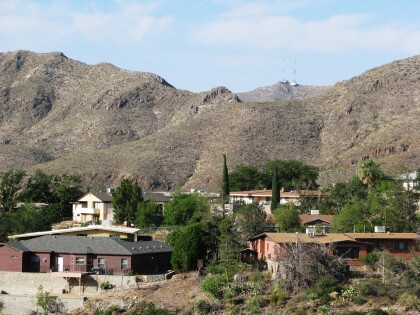
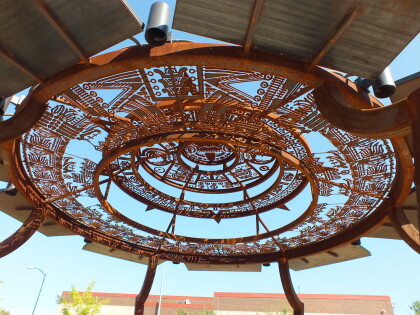
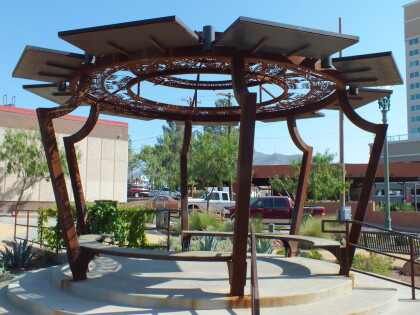
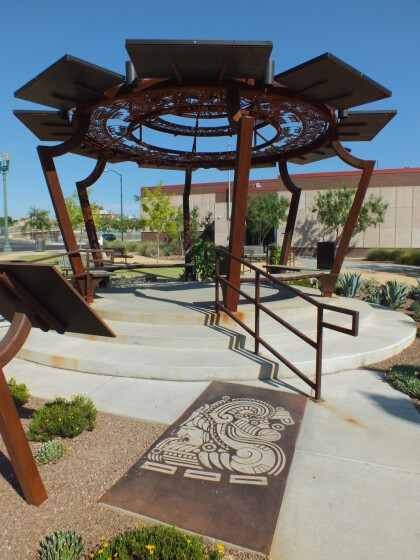
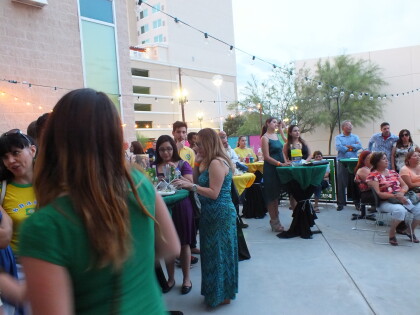
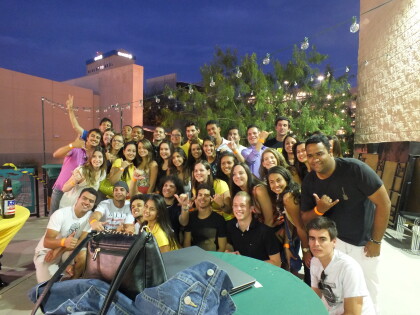



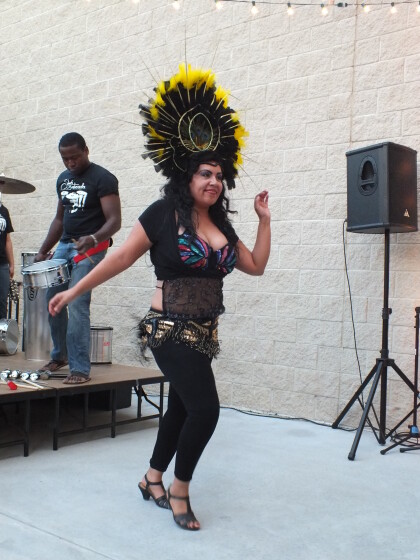
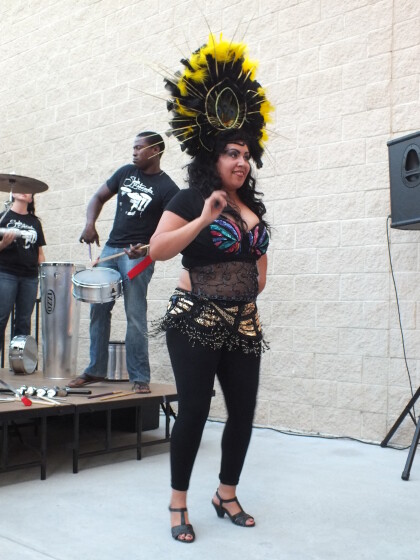
Comments
Add a comment